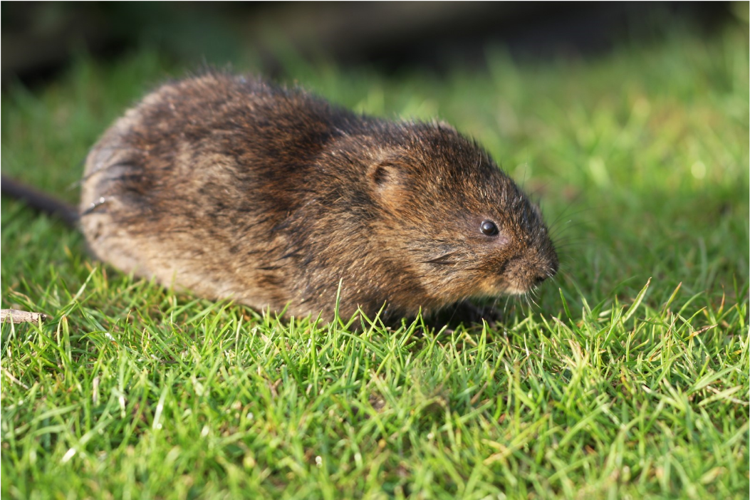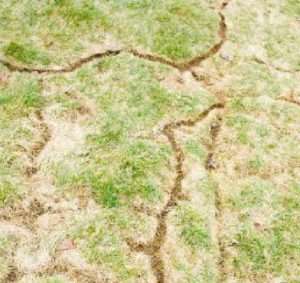Recover Your Lawn's Health: Proactive Vole Parasite Control
Vole Bug Control Demystified: A Full Introduction of Invasion Detection and Effective Therapy Techniques
From refined indications of infestation to the application of targeted control steps, navigating the world of vole parasite control requires a blend of knowledge and critical activity. In this detailed summary, we will certainly explore the nuances of vole invasion discovery and dig into the realm of reliable therapy approaches that can protect your areas from these underground problems.
Recognizing Vole Habits Patterns
Understanding the detailed behavior patterns of voles is important for successfully executing pest control procedures in farming and domestic setups. Voles, little rats that resemble mice yet with stouter bodies, are infamous for their rapid recreation rates and ravenous appetites for vegetation. By delving right into their habits patterns, bug control specialists can acquire beneficial insights into vole preferences, practices, and susceptabilities.
Voles are primarily herbivores, feeding upon a vast array of plants, origins, light bulbs, and tubers. They are additionally prolific tunnelers, creating intricate underground burrow systems for nesting and foraging (vole yard damage). By comprehending these practices, pest control professionals can purposefully put traps and lure stations along vole runways and entry points, increasing the possibility of successful elimination
Additionally, understanding of vole behavior patterns can aid in establishing safety nets to hinder future infestations. By dealing with elements that attract voles, such as thick plants cover and quickly accessible food resources, homeowner can make their properties less inviting to these harmful insects. To conclude, a thorough understanding of vole behavior is extremely important in creating lasting and effective parasite control techniques.
Identifying Signs of Vole Infestation
Effective vole parasite control begins with immediately acknowledging the indicators of vole infestation on residential or commercial properties. Among one of the most usual indicators of vole existence is the visibility of surface area paths. These runways are narrow paths via turf or plant life that voles produce as they take a trip in between their burrows and food sources. In addition, vole droppings are one more clear sign of problem. Vole droppings are small, round pellets that are usually found along their runways or near their burrows.
Along with runways and droppings, gnaw marks on tree bark and plant life are additionally indicators of vole task. Voles have a habit of gnawing on the bases of trees and shrubs, which can trigger damages and potentially eliminate the plants. The visibility of burrow openings in the ground shows an energetic vole population. Vole burrow entrances are typically small and found in grassy or mulched locations.
Being cautious for these indications can assist residential or commercial property owners detect vole infestations early and take proper bug control actions to stop further damages.
Implementing Targeted Control Measures
What particular strategies can be employed to effectively execute targeted control actions for vole insect monitoring on buildings? Applying targeted control steps for vole pest administration calls for a multi-faceted approach that integrates both avoidance and removal approaches.
Capturing is one more efficient approach for controlling vole populations. Live catches can be tactically put along vole runways or burrow entries, baited with peanut butter or apple pieces. As soon as caught, voles should be humanely removed to a different place to avoid reinfestation.

Green and natural Treatments
The adoption of ecologically aware practices can play an essential role in managing vole populaces without causing damage to the environment. All-natural and green treatments use a lasting strategy to vole pest control, decreasing the usage of hazardous chemicals and promoting biodiversity in the impacted locations.
One efficient natural technique is the usage of predator pee or killer decoys. Killers like owls, foxes, and serpents are the vole's natural opponents. By tactically positioning predator urine or decoys around the Discover More plagued areas, voles may be discouraged from clearing up in those areas.
Additionally, planting vole-resistant plants can assist in decreasing vole damages. Plants such as daffodils, crown imperials, and Siberian squill are known to be unattractive to voles and can act as natural repellents.
Furthermore, developing physical obstacles like cable mesh or gravel around susceptible plants can protect against voles from accessing them. These obstacles can assist safeguard gardens and landscapes without posing any type of threat to the setting or various other non-target types. By integrating these green and all-natural treatments, vole infestations can be taken care of properly while preserving ecological balance.
Long-Term Avoidance Methods
To sustainably deal with vole infestations with time, carrying out proactive steps is critical for long-lasting avoidance approaches. One efficient approach for long-lasting prevention is environment alteration. By minimizing thick greenery, mulch, and mess around buildings, you can make your building less enticing to voles. Furthermore, mounting barriers like fences or below ground cable mesh can aid deter voles from attacking your garden or grass.
Normal tracking of vole activity is important for very early detection of any type of indications of problem. Setting up vole traps can assist in regulating their population prior to it ends up being a full-on infestation. It is additionally important to secure off any type of access indicate frameworks or buildings to avoid voles from gaining gain access to.
In addition, maintaining a tidy and tidy setting can inhibit voles from making your home their home. Getting rid of food resources like fallen fruits, seeds, and pet dog food can aid in making your residential property much less eye-catching to these pests. By combining these proactive steps with natural treatments and efficient treatment methods, you can establish a detailed lasting vole pest control strategy.

Final Thought
Finally, understanding vole behavior patterns, identifying indications of invasion, implementing targeted control measures, using environmentally friendly and all-natural remedies, and carrying out long-term prevention techniques are important actions in efficiently taking care of vole problems. By being aggressive and taking the essential steps to attend to vole problems without delay, people can successfully manage and avoid vole invasions in their homes.
From refined indicators of invasion to the application of targeted control actions, browsing the realm of vole pest control requires a mix of expertise and tactical action.Efficient vole insect control begins with quickly recognizing the telltale signs of vole infestation on buildings. Carrying out targeted control measures for vole bug administration calls for a multi-faceted approach that incorporates both avoidance and removal methods. Establishing up vole catches can help in regulating their populace before it comes to be a full-blown infestation. By integrating these aggressive actions with all-natural treatments and reliable Bonuses treatment methods, you can develop an extensive long-term vole bug control technique.